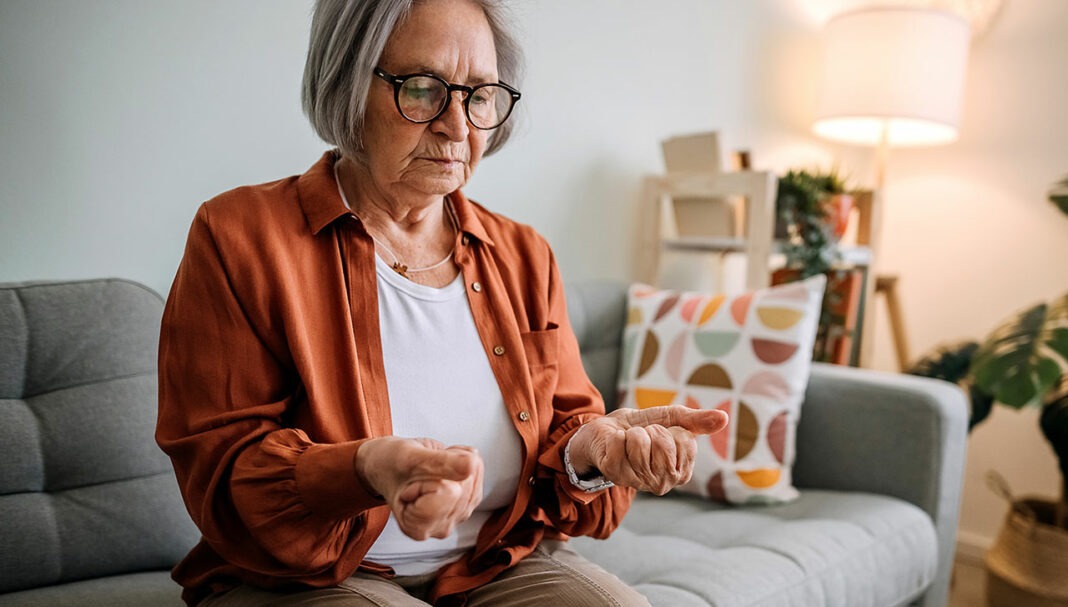Case scenario
A 53-year-old female presents to the pharmacy with diagnosed hand osteoarthritis. She currently uses a splint and has used a topical non-steroidal anti-inflammatory drug in the past but finds it inconvenient to apply at work. Her pain is flaring up again and she is seeking pain relief.
Introduction
Osteoarthritis (OA) is the most common form of arthritis in Australia, with an increasing prevalence among the ageing population.1 OA most commonly affects the hands, knee, hip and spine, and is the predominant condition leading to knee and hip replacement surgery in Australia.1
Guidelines for the management of OA have mainly focused on large joint OA (i.e. knee and hip). However, these recommendations cannot be readily extrapolated to other types of OA, such as hand OA, due to the differing functionality, risk factors and pathophysiological mechanisms of OA at different joint sites.2
Despite being one of the most common phenotypes with a high clinical burden, hand OA was long regarded as a ‘forgotten disease’, with limited clinical evidence to guide treatment recommendations.2,3 In recent years, hand OA has attracted more attention, as emerging evidence has given fresh insights into treatment options.2
This CPD module will focus on the latest best practice management for hand OA, based on the 2018 update to recommendations from the European Alliance of Associations of Rheumatology (formerly known as EULAR).
Understanding the nuances in management of differing OA subtypes can help pharmacists to personalise care for their patients with OA.
Learning objectivesAfter successful completion of this CPD activity, pharmacists should be able to:
|
THIS IS A CPD ARTICLE. YOU NEED TO BE A PSA MEMBER AND LOGGED IN TO READ MORE.















